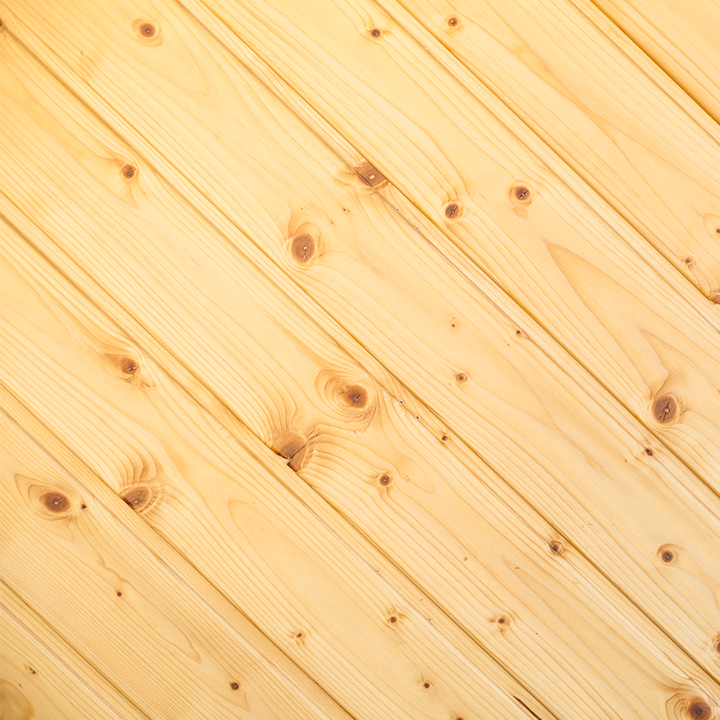Types of timber wood exports
Caribbean Pine
SCIENTIFIC NAME
Pinus caribaea
TRADENAME
Caribbean Pine
FAMILY
Pinaceae
Within the Pinaceae family, the genus for Caribbean Pine is Pinus, and its specific scientific name is Pinus caribaea. This species is native to the Caribbean and Central America, known for its rapid growth and commercial importance in the timber industry due to its versatile wood properties.
Common uses:
Caribbean Pine is commonly used in construction for structural framing, flooring, interior joinery, furniture, plywood, and veneer. Its versatility and moderate cost make it a popular choice in the timber industry.


WOOD DESCRIPTION
Color and Grain: The heartwood of Caribbean Pine ranges from yellow-brown to reddish-brown, sometimes displaying darker streaks. The grain is typically straight, occasionally featuring resin pockets.
Texture: The wood has a medium to coarse texture with a low natural luster.
Durability and Strength: Caribbean Pine is known for its moderate durability and strength. It’s less resistant to decay and insect attack compared to some other hardwoods, but when treated properly, it can offer good durability for various applications.
NATURAL DURABILITY
The heartwood of Caribbean Pine offers some natural resistance to decay fungi and insects, but it’s generally categorized as moderately durable. It is susceptible to decay when exposed to wet conditions or in contact with the ground for extended periods. Therefore, it’s often recommended to treat Caribbean Pine with preservatives to enhance its resistance to decay and extend its lifespan in outdoor applications or in areas prone to moisture.
Proper treatment, finishing, and maintenance can significantly improve the longevity and durability of Caribbean Pine wood when used in construction, furniture, or other applications, making it a suitable choice for various projects when appropriately handled and protected from environmental stressors.

